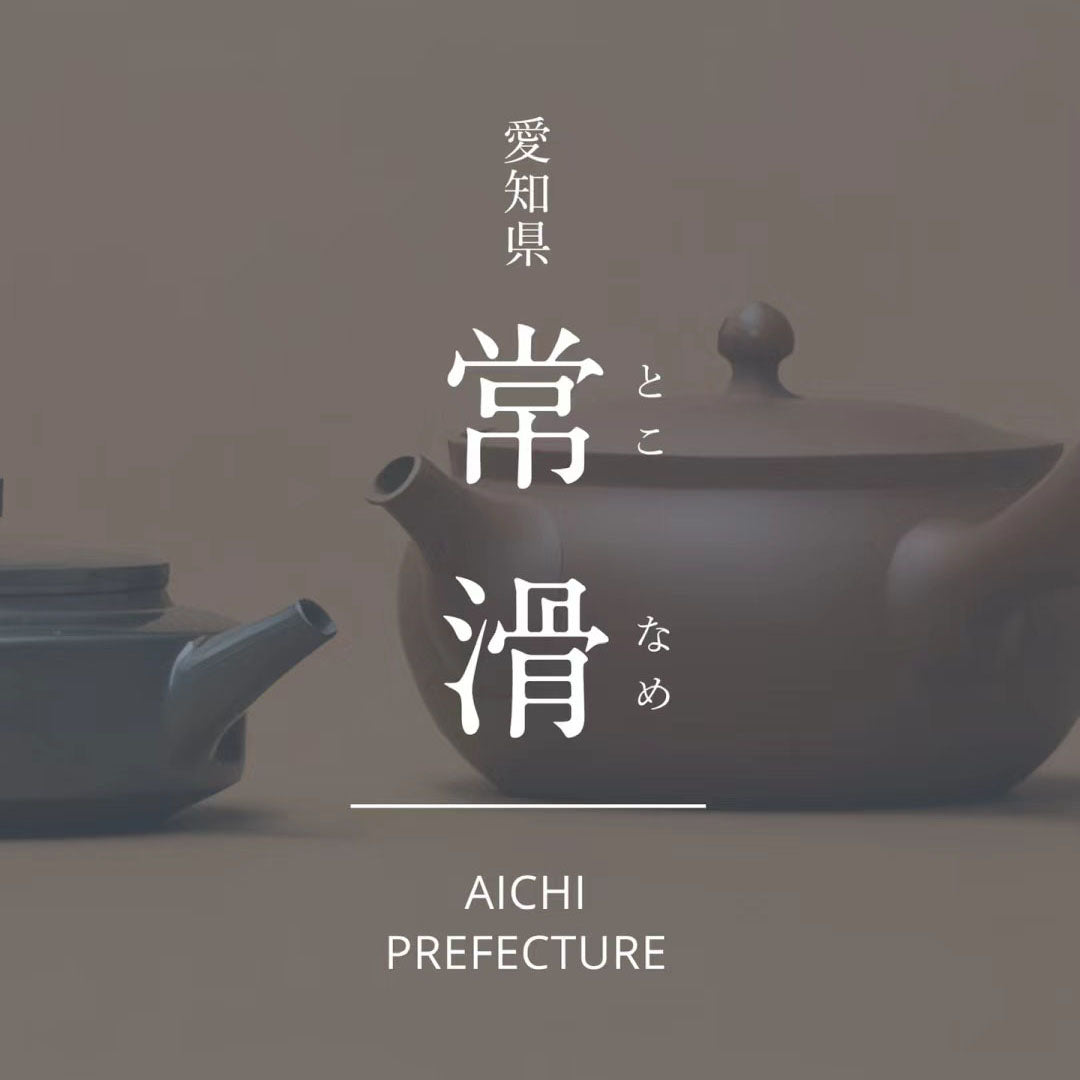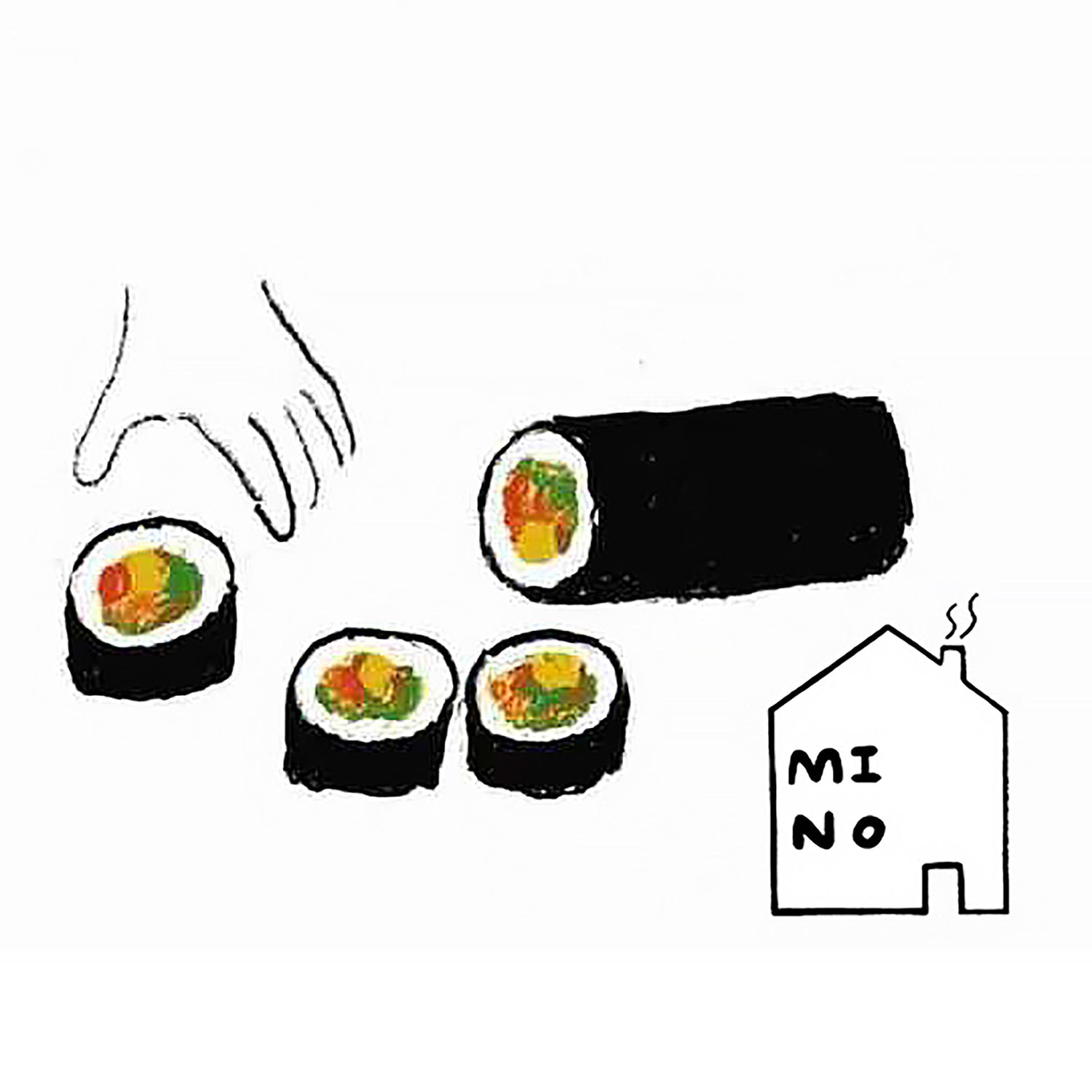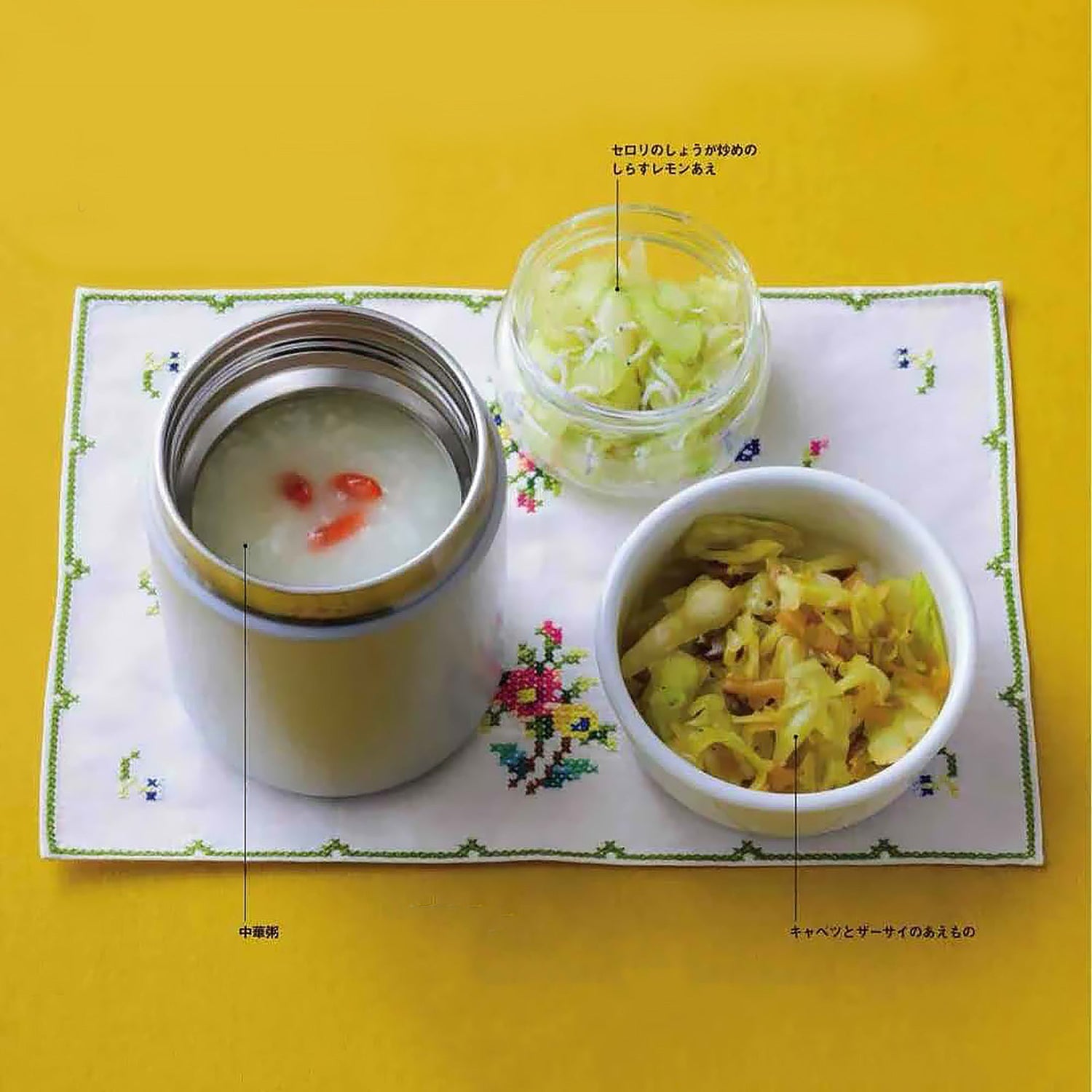

● Area: 55.90 km² ● Total population: 58,902 (as of February 2018, Heisei 30) ● Climate: Average annual temperature of 16.2°C, annual precipitation of 1,390 mm (as of 2017, Heisei 29) ● Specialties: Ceramics, rice, chrysanthemums, chicken eggs, rolled vegetables, strawberries, seafood, shellfish, seaweed, sake, miso, soy sauce, etc. ● Number of ceramic companies: 58 companies, 1,511 employees (as of December 2014, Heisei 26) ● At its peak (as of December 1991, Heisei 3), there were 435 ceramic companies employing 9,291 people. ● According to the origin of the name, "Tokoname" means "smooth and shiny ground", which refers to the city's location on the Chita Peninsula in Aichi Prefecture, which is known for its mild climate.

● Tokoname City, Aichi Prefecture — A site with rich techniques and the largest production center of the Six Ancient Kilns.
Located on the west coast of the Chita Peninsula, facing Ise Bay, the development of shipping routes made it the largest production site among the Six Ancient Kilns. This influenced the production of ceramics in other areas such as Tanba and Shigaraki. An estimated 6.5 to 10 million tons of high-quality clay from Tokoname are present in the East Lake. At its peak, this clay extended from the southern part of Gifu to Inuyama and Seki, where the lake sediments formed excellent quality clay. Since the end of the Heian period, the Chita Peninsula began to manufacture bowls and pots using this clay as a raw material, and many kilns began to be built.

● The reason for this millennial continuity — a hilly relief producing suitable soil.
The Tokoname kilns are located on the Chita Peninsula, a hilly region. This type of terrain favored the construction of kilns on gentle slopes, and it is said that in medieval times, there were over 3,000 kiln sites there. The soils on the peninsula come from sediments from the East Sea Lake, deposited about 650,000 to 1 million years ago in the area from southern Gifu to Owari and Suzuka. These soils are rich in iron, which allows for low-temperature firing and is suitable for making large ceramic objects, such as pots and jars. This is one of the factors that explain why Tokoname ware has persisted from the Middle Ages to the present day.
● The reason for this millennial continuity — large ceramics were better suited to maritime transport.
Tokoname ware has been widely discovered throughout Japan, and one of its characteristics is the production of large ceramics, such as pots and jars. This is closely related to the use of ships for the movement of goods. Tokoname pieces have been found as far north as the Tohoku region and as far south as Kyushu. Looking at the sites where they have been discovered, mainly in river and coastal areas, it is clear that large-scale maritime transport was much more suitable for these large ceramics than land transport. The Chita Peninsula, surrounded by the sea and located in the center of Honshu, made it easy to transport these products to the eastern and western regions of the country.

● The motif of persistence for a thousand years — adapting to the changing times by continuing to create varied works.
Tonkotsu is famous for its teapots and lucky cat figurines, products with a relatively recent history. To meet the needs of the times, a wide variety of products and artworks have been launched. From the end of the Heian period to the present, ceramic jars made in Tonkotsu have continued to be produced. Tracing the evolution of ceramic jars, the shape of the opening and the overall outline have changed over time. Although the reasons for the changes in shape are unclear, the increasing demand for large-capacity jars over the ages led to more robustly shaped openings. In the Showa period, jars made in Tonkotsu could reach a maximum capacity of 3,000 liters, which is a testament to the high level of craftsmanship in the region.

● The end of the Heian period
Sarutobi-yaki kilns were established in the late Heian period (around 1100) in the hills of the Chita Peninsula. The firing technique produced bowls, cups, teapots, and jars made from carved clay. At that time, the kilns were called "kaya-yaki" and it is said that there were over 3,000 of them throughout the Chita Peninsula. Jars and teapots made in Tokoname have been discovered at archaeological sites in major Japanese cities such as Hiraizumi, Kamakura, Kyoto, and Sakai.

● End of the Heian period - Kamakura period
Bowls and plates were used as tableware, cups were mainly used as cooking utensils, while teapots and jars were used to store various items. For example, at the Kyōzuka archaeological site, scrolls of paper containing sutras were placed in wide-mouthed jars and buried underground. Cremation remains with human bones are sometimes found. In areas with wine cellars, a large number of jars have been found. According to records from the Kamakura period, jars were widely used for fermenting alcoholic beverages. In addition, it is assumed that jars were also used to store oil and blue dyes. These ceramics with various uses were transported by sea along the coast to all parts of the country.

- Evolution of ovens at the time


- The Transition of Tokoname-yaki after the Meiji Restoration

● Taishō period -- Architectural ceramics of the Empire
The buildings designed by American architect Frank Lloyd Wright were clad in tiles and terracotta made in Tokoname during the Taishō period, as well as Ōya stone. The use of the reinforced concrete construction method allowed this hotel to maintain its integrity during the Great Kanto Earthquake, greatly increasing its fame and making it a legend. Today, its original appearance can be admired at the Meiji-mura Museum in Inuyama, Aichi Prefecture. This led to the popularization of the reinforced concrete construction method and gave architectural ceramics an important place in the Tokoname ceramic industry.






